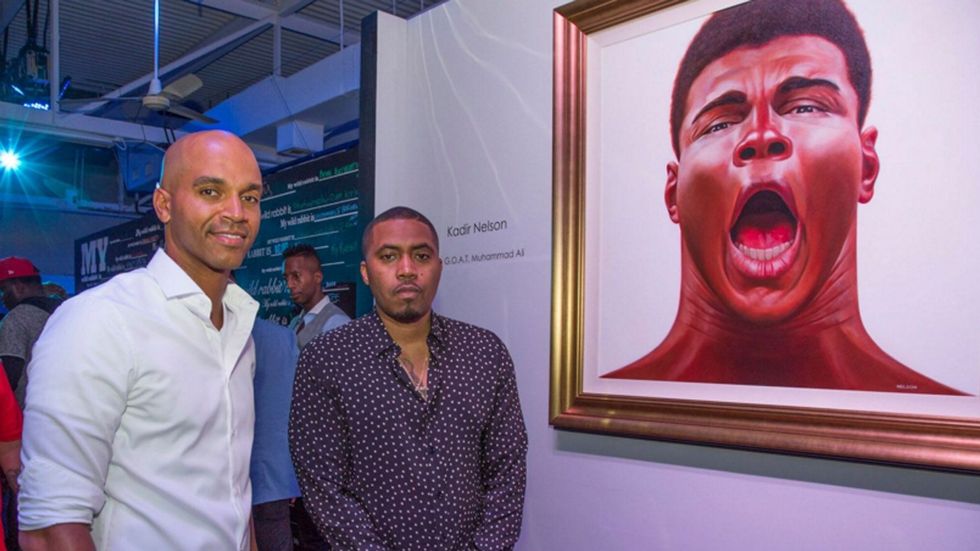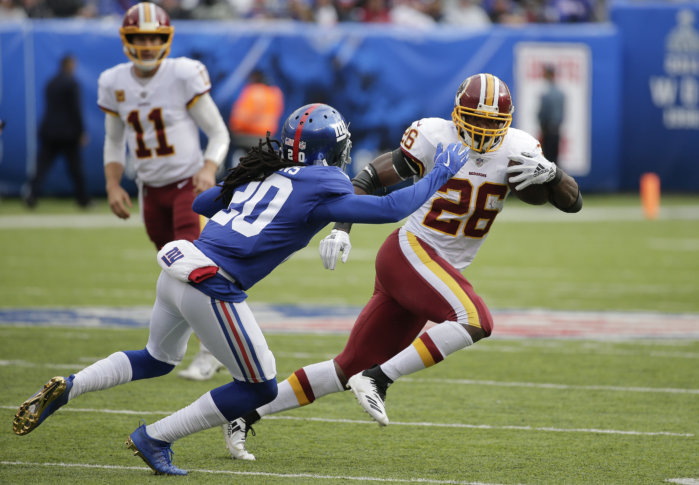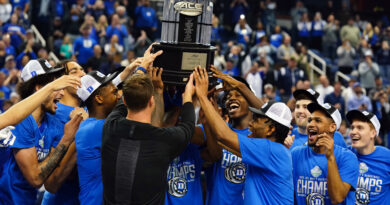Conclusive Culture Chapter 2: Cassius Clay (Muhammad Ali)/Nasir Jones (Nas)
By:Lamonte Thomas
Headline Photo Credit: VH1.com
Every now and then a figure in entertainment emerges to shift the culture, and society as we know it. Sports and music have the ability to unify the masses, and both industries unveil a passion that is unattainable by another source. Throughout history athletes and musicians alike contribute similar, life-altering influence on the way we perceive, engage and experience life’s moments. Modern-day artist Aubrey Graham (A.K.A Drake to the music industry) put it best by saying, “I swear sports and music are so synonymous/cause we wanna be them, and they wanna be us”. From someone who succeeds in the business on both sides, the lines from the record Thank me Now alludes to the timeless cultural access levied by the chosen few. As the influence from music and sports on culture is undoubtedly special, when paired together these eminent entertainers relate to each other’s social contributions. This measurement of cultural influence pairs music artists and athletes by persona and their methods of impact.
Persona- Bold/Enlightened
Influence- Social Revolutionary/Civil Rights Activists
One character trait that helps an entertainer embed himself in history is a genuine demeanor. People resonate with those who believe the same things, regardless of their differences. Former Heavyweight boxer Muhammad Ali and rapper Nasir Jones (Nas) exemplify genuine attitudes; so much that they were known to galvanize those with like ideals. As Nas said in his classic 1994 album Illmatic “It Ain’t hard to tell” how much Ali and Nas have influenced culture in America to this day.
Muhammad Ali
Born Cassius Clay in 1942, the youth from Louisville Kentucky found himself into boxing by 12 years old. His vow to “whoop” the culprit who stole his bike led him to train vigorously in the ring. By 1960 Clay became a national golden glove champion twice, as well as a gold medalist in the summer Olympic games. Yet his fight at home against racism was just beginning. Upon his return to his hometown in Louisville, Clay was refused service at a “whites-only” restaurant, sparking his ongoing issues with racial injustice in America. His altercation as a result of the incident led to his misplacement of his Olympic medal; which some say he threw in the river. Then in 1964, Cassius Clay became Muhammad Ali. After defeating Sonny Liston for the heavyweight championship as an underdog, Clay announces his identity as a Black Muslim that shall be called “Muhammad Ali.” In 1967 Muhammad Ali caused an uproar by refusing to allow himself to be drafted for the Vietnam War. While portraying his beliefs as a Black Muslim, Ali publicly declared his fight against the Vietnam War and his involvement, claiming it was against his ideals. As he was stripped of his titles and boxing license, Ali appealed his conviction of draft evasion for four years. In 1971 his conviction was overturned. Arguably the best boxer in history, Ali is known for being an iconic figure and spokesman for the the African-American and Muslim communities. He even changed his name from Cassius Clay to Muhammad Ali to accurately depict his religion and civil rights activism. Despite the tumultuous backlash he received, Ali used his boxing platform to cultivate civil rights leadership and encourage social change in America.
Video credit: NBC Universal Archives
Nas
On April 19, 1994, nearly 30 years after Ali’s bold resistance to the war in Vietnam, hip hop artist Nas made his mark on American Culture with his Illmatic album. His lyrically inclined tales of life in Queensbridge, NY sold 60,000 copies within its first week of release. The album was later declared certified platinum in 2001, and today’s critics proclaim it one of the best albums in hip-hop history.
Nasir perhaps inherited his ability to tell stories from his father Olu Dara, a military veteran who travelled the world and often told Nas and his brother stories he acquired along the way. When Nas was in the 9th grade, his father told he and his brother to drop out of the school system to pursue their passions. Olu Dara reasoned that the school system in Queens Bridge was ‘hell’ compared to the systems in the south where he was brought up. He felt as if he was “saving their lives” for advising his sons not to attend the institution he felt was detrimental to their upbringing. Nas’s father retained a large library in his house, as he encouraged his children to expand their minds by reading and educating themselves.
In 2014 journalist Erik Parker and director One9 made a documentary titled Time is Illmatic, illustrating the very social experiences narrated in Nas’s classic album. The project included Dr. Cornel West’s explanation of the GI bill of 1944 (signed by President Roosevelt) and how it led to the construction of white middle-class suburbs away from inner cities. The environment that Nas recounts in Queens Bridge is a result of the “white flight” agenda Dr. West precisely references. As a result, the dichotomy of conditions between areas combined with the crack epidemic filled the neighborhoods with violence, drugs and murder. Illmatic was the “spoken word” of Nas’s experience as told in the hostile, chaotic environment. Such accounts included the explicit drug scenes, tales of dealers brandishing weapons and the murder of his close childhood friend, “Ill Will”.
CULTURAL INFLUENCE- MUHAMMED ALI X NASIR JONES
Nas references “the greatest” Ali several times in his lyrics. In his third single from It Was Written entitled The Message, Nas warned “A glass of Ze’ (Alize’) make a man Cassius Clay.” He again alluded to the consciousness of racial conflict and social injustice during his 2010 track My generation. Nas challenges the athletic platform by stating, “Now if you can’t relate then maybe you are too complacent /Athletes today are scared to make Muhammad Ali statements.” Each tribute the rapper gave to Ali referenced his level of confidence and grit. Sentimental statements aimed to corral society from both men resonate as powerful messages even today. Just as Ali spoke as a pioneer on his platform in the 60’s and 70’s, Nas used his talents to turn his thoughts into trend-setting rhythmic articulation in the 90’s and 00’s.
Ali video: NBC Universal Archives
Ali photo: Reddit.com
Nas: Time is Illmatic: YouTube Movies





